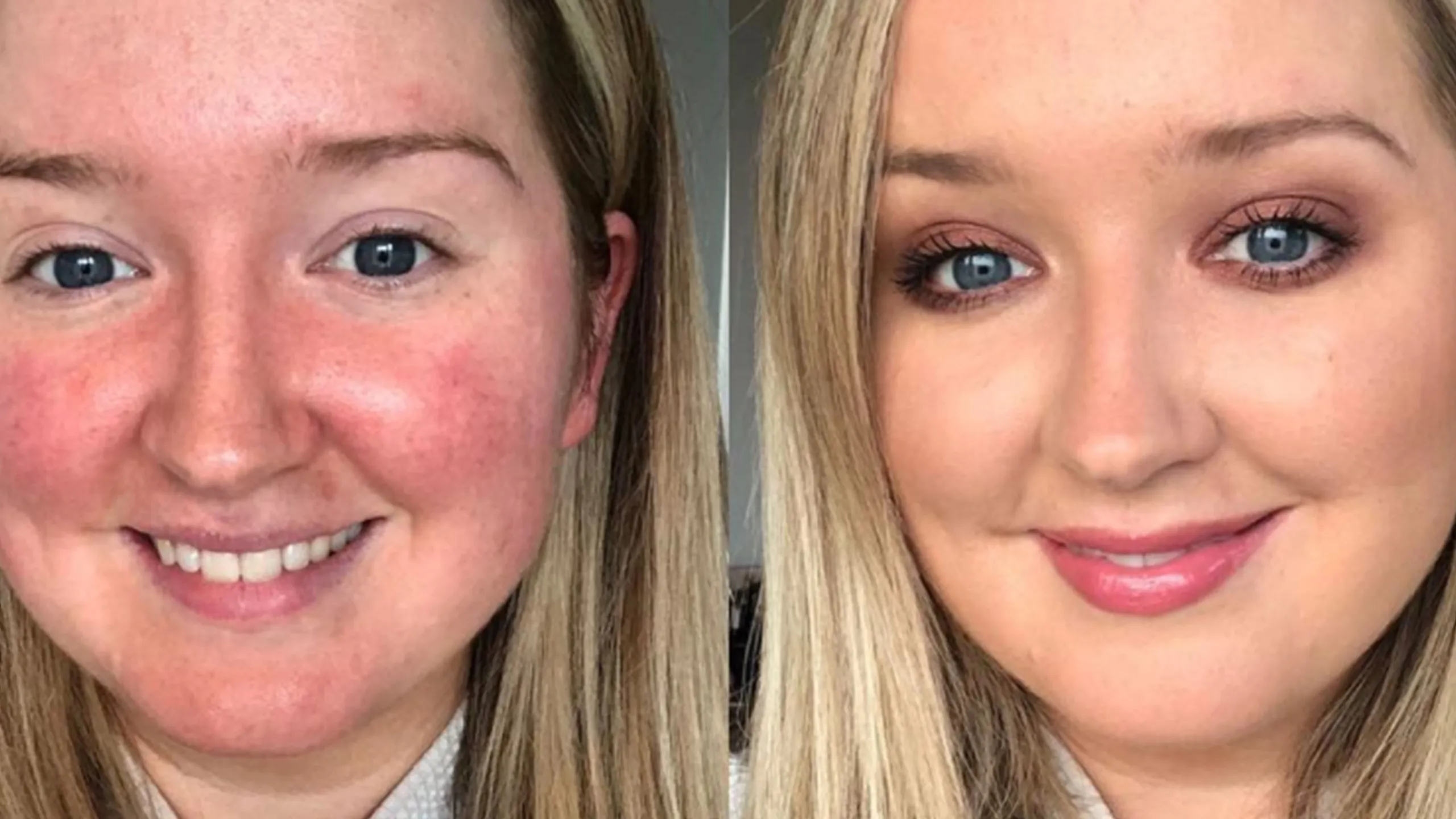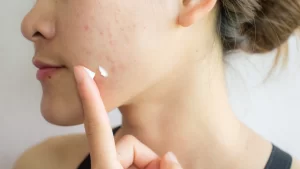
Acne and rosacea are common skin conditions that can be frustrating and difficult to manage. Fortunately, there is a game-changing ingredient that has been gaining popularity in the skincare world for its effectiveness in treating both acne and rosacea: azelaic acid. In this article, we will explore the benefits of azelaic acid and how it can revolutionize the treatment of these skin conditions.
Understanding Acne and Rosacea
Before delving into the role of azelaic acid, it’s important to understand acne and rosacea. Acne is a skin condition characterized by clogged pores, inflammation, and the formation of pimples, blackheads, and whiteheads. It is often caused by excess sebum production, bacterial overgrowth, and inflammation.
On the other hand, rosacea is a chronic inflammatory skin condition that primarily affects the face. It leads to redness, flushing, visible blood vessels, and sometimes pustules. The exact cause of rosacea is unknown, but factors such as genetics, immune system abnormalities, and environmental triggers are believed to play a role.
The Benefits of Azelaic Acid
Azelaic acid is a naturally occurring dicarboxylic acid that is derived from grains, such as wheat, rye, and barley. It offers numerous benefits for both acne and rosacea treatment. Let’s explore some of its key advantages:
1. Anti-Inflammatory Properties
One of the remarkable properties of azelaic acid is its anti-inflammatory effect. It helps reduce redness, swelling, and inflammation associated with acne and rosacea. By calming down the skin’s immune response, azelaic acid can minimize the appearance of pimples, pustules, and flushing, providing relief for individuals with these skin conditions.
2. Antibacterial Action
Azelaic acid possesses antibacterial properties that can combat the overgrowth of Propionibacterium acnes, the bacteria responsible for acne breakouts. By inhibiting the growth of these bacteria, it helps prevent new acne lesions from forming and reduces the severity of existing ones. This antibacterial action makes azelaic acid an effective treatment option for acne-prone skin.
3. Normalizes Keratinization
In acne, abnormal keratinization of skin cells leads to the formation of comedones (clogged pores). Azelaic acid helps regulate this keratinization process, preventing the accumulation of dead skin cells and the formation of new comedones. By keeping the pores clear, it reduces the risk of acne breakouts and promotes a smoother, clearer complexion.
4. Reduces Hyperpigmentation
Post-inflammatory hyperpigmentation is a common concern for individuals with acne and rosacea. Azelaic acid has been shown to inhibit the production of melanin, the pigment responsible for dark spots and discoloration. Regular use of azelaic acid can fade hyperpigmentation, resulting in a more even-toned complexion.
Incorporating Azelaic Acid into Your Skincare Routine
To reap the benefits of azelaic acid, it’s important to incorporate it into your skincare routine correctly. Here are some tips to help you get started:
1. Choose the Right Product
Look for skincare products specifically formulated with azelaic acid. These can be found in the form of creams, gels, or serums. Opt for a product with a concentration of 10-20% azelaic acid for optimal results.
2. Start Slowly
When introducing azelaic acid into your routine, start with a lower concentration and gradually increase it to allow your skin to adjust. Begin by using the product once every other day and then gradually increase the frequency as your skin tolerates it.
3. Patch Test
Before applying azelaic acid all over your face, perform a patch test on a small area of skin to ensure that you don’t experience any adverse reactions. If you notice any redness, irritation, or itching, discontinue use and consult a dermatologist.
4. Combine with Other Products
Azelaic acid can be used in conjunction with other acne and rosacea treatments, such as salicylic acid or benzoyl peroxide. However, be cautious of potential interactions and consult with a skincare professional to determine the best combination for your specific needs.
Conclusion
Azelaic acid has emerged as a game-changer in the treatment of acne and rosacea. Its anti-inflammatory, antibacterial, and keratinization-regulating properties make it an effective ingredient for reducing inflammation, combating bacterial overgrowth, and promoting clearer skin. By incorporating azelaic acid into your skincare routine, you can experience the transformative benefits it offers and regain confidence in your complexion. Consult with a dermatologist to determine the ideal concentration and usage of azelaic acid based on your skin’s unique needs. Embrace the power of azelaic acid and say goodbye to acne and rosacea woes.
BelleCôte Paris’s Azelaic Acid Toner
Discover the transformative power of BelleCôte Paris’s Azelaic Acid Toner for effectively treating rosacea. Specially formulated with potent azelaic acid, this toner targets the underlying causes of rosacea, such as inflammation and redness, providing soothing relief and promoting a calmer complexion. With regular use, this gentle yet powerful toner helps to reduce the appearance of redness, minimize flare-ups, and restore balance to your skin. The lightweight formula absorbs quickly, delivering a boost of hydration while leaving your skin feeling refreshed and revitalized. Experience the remarkable benefits of BelleCôte Paris’s Azelaic Acid Toner and regain confidence in your skin’s natural beauty.





